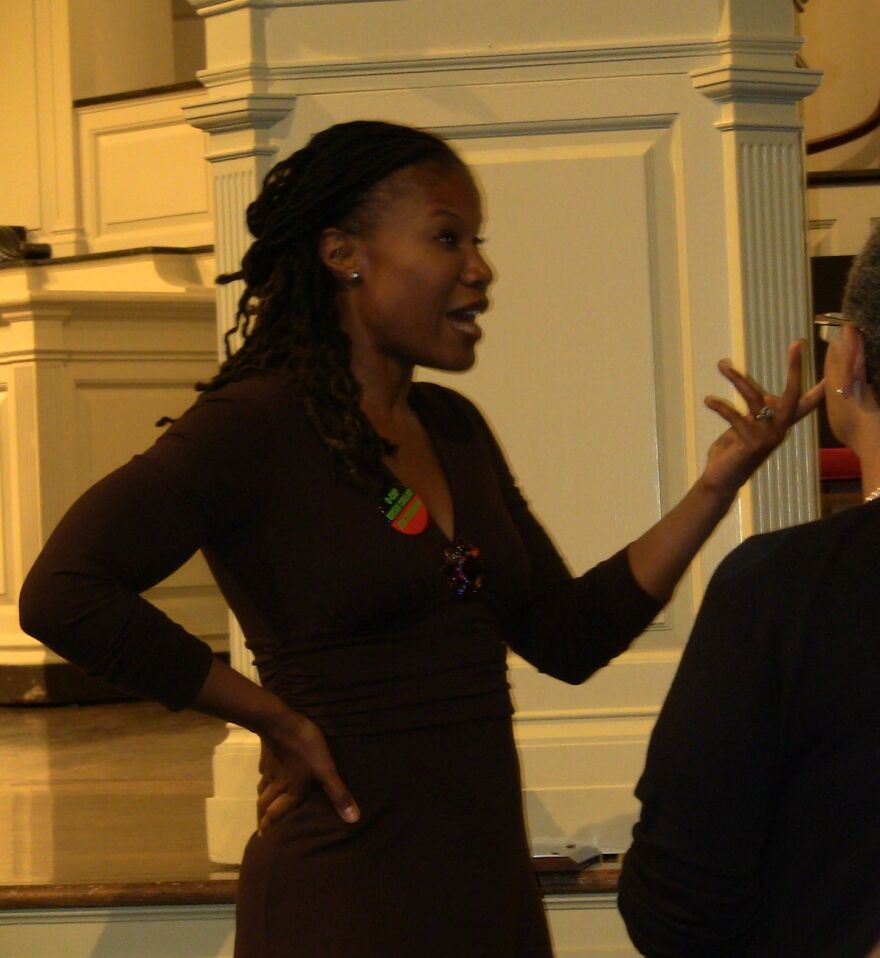Majora Carter is spending today in Syracuse’s Near West Side, one of the city’s poorest neighborhoods. She’s examining ways the community is trying to lift the quality of life in that neighborhood and strengthen its connection to the rest of the city.
Two driving forces helping to lift the community are the “The SALT District of the Near Westside” and “The Connective Corridor.” The SALT District works to make the neighborhood attractive for artists and new businesses. The Connective Corridor is an urban planning project headed by Syracuse University that uses a free bus route to connect the university neighborhoods with downtown and the Near West Side.
Carter is working on proposing a television pilot that she says is like “Extreme Home Makeover: big city style.” But instead of remodeling the home of an individual family facing hardship, the show would examine an entire city’s attempt to overcome adversity, like decay in the Rust Belt.
Carter is an environmental justice advocate. She’s worked in the Bronx’s Hunts Point neighborhood to embolden members of the community to fight for environmental equality. That means organizing residents, and helping them to realize that they don’t have to live near landfills, degradation, and vacant factories just because they’re poor - and that they do deserve to live near parks and have clean communities.
Carter has also done work in the world of public radio, producing programs like “The Promised Land.”
During a lecture at Syracuse University last night, Carter weighed in on a local issue: whether the city should install police surveillance cameras in the Near West Side as a crime-fighting tool.
The common council heard public testimony Tuesday. According to the Post-Standard, people are divided on the issue.
Julio Urrutia, a member of St. Lucy Church on Gifford Street, said he interpreted the cluster of nine cameras on the Near West Side to mean that “the Latino community is under surveillance.” But other city residents asked police to put cameras in their neighborhoods. “There is crime throughout all of our neighborhoods,” said Pat Body, a facilitator for the North Side TNT group. “Please approve the security cameras and place some of them on Butternut Street.”
Carter calls the proposal misguided.
“It’s adding stigma where there doesn’t need to be one,” said Carter, saying the cameras bring negative attention to the neighborhood.
She said she’s seen really bad examples of how to build communities, and that Syracuse is making innovative efforts that should be examples for other cities.




